Magazine | Interviews
Jelaine L. Gan nous en dit plus sur la première description de la nidification de l’Aigle des Philippines

Jelaine L. Gan est membre de l’Institute of Biology de l’université des Philippines et a participé au suivi d’un couple d’Aigles des Philippines (Nisaetus philippensis) sur l’île de Luçon du 1er février au 14 mai 2020.
Introduction
Les Philippines sont un archipel (et un pays) d’Asie du Sud-Est composé de 7 641 îles, dont les plus vastes sont celles de Luçon, de Mindanao, de Samar, de Negros, de Palawan et de Panay. Du fait de l’ancienneté de leur isolement géographique et de la diversité de leurs habitats et de leur relief, l’avifaune de ces îles est d’une grande richesse, avec plus de 728 espèces recensées, dont 227 endémiques. C’est le cas de l’Aigle des Philippines (Nisaetus philippensis), un rapace nettement plus petit et moins connu que le Pithécophage ou Aigle des singes (Pithecophaga jefferyi), et presque aussi rare, avec une population comprise entre 200 et 220 couples et une aire de distribution limitée aux forêts des îles de Luçon et de Mindanao. Alors qu’il est nécessaire de bien connaître une espèce pour prendre des mesures de protection efficaces, sa biologie a été peu étudiée jusqu’à présent.
Dans un article publié en 2022 dans le Wilson Journal of Ornithology, Jelaine L. Gan, Giovanni A. Tapang et Carmela P. Española ont présenté les résultats du suivi entre le 1er février et le 14 mai 2020 d’un couple nicheur dont l’aire était installée à 20 mètres de haut dans un Fromager rouge (Bombax ceiba), dans la province de Rizal, sur l’île de Luçon. Il s’agit de la première description de la nidification de cette espèce.
Après une synthèse des principales informations collectées, nous vous proposons une interview de Jelaine L. Gan, membre de l’Institute of Biology de l’université des Philippines et qui a participé à la rédaction de l’article.
Abstract
The Philippines is an archipelago (and a country) of Southeastern Asia made up of 7,641 islands, the largest being those of Luzon, Mindanao, Samar, Negros, Palawan and Panay. Due to the ancient geographical isolation and the diversity of habitats and relief of these islands, the national avifauna is very rich, with more than 728 bird species recorded, of which 227 are endemic. This is the case of the North Philippine Hawk-Eagle (Nisaetus philippensis), a raptor much smaller and less known than the Philippines Eagle (Pithecophaga jefferyi), and almost as rare, with a population of 200- 220 pairs and a distribution area limited to the islands of Luzon and Mindanao. While it is necessary to know well a species to take effective protection measures, its biology has been little studied so far.
In an article published in 2022 in the Wilson Journal of Ornithology, Jelaine L. Gan, Giovanni A. Tapang and Carmela P. Española presented the survey of a breeding pair between the 1st of February and the 14th of May 2020 whose nest was installed 20 meters high in a Malabulak Tree (Bombax ceiba), in the province of Rizal, on the island of Luzon. This is the first description of the breeding biology of this species.
After a summary of the main information collected, we propose you an interview with Jelaine L. Gan, a member of the Institute of Biology at the University of the Philippines and one of the authors of the article.
Poursuivez la lecture de cet article, en vous abonnant dès maintenant !
Découvrez les Archives d’Ornithomedia.com
Pour seulement 10,00 €TTC/an (ou 6,00 € les 6 mois)
Profitez de plusieurs centaines d’articles en accès illimité et sans aucun engagement.
Compléments
À lire sur le web
Le site web du Wilson Journal of Ornithology : wilsonsociety.org
Ouvrages recommandés
- Birds of the Philippines: And Sumatra, Java, Bali, Borneo, Sulawesi, the Lesser Sundas and the Moluccas de Norman Arlott
- A Naturalist’s Guide to the Birds of the Philippines (2018) de Maia Tanedo
- Birds of the Philippines (2020) de Desmond Allen
- A Guide to the Birds of the Philippines (2000) de Robert Kennedy (Auteur), Pedro C. Gonzales (Auteur), Edward Dickinson (Auteur)
Source
Jelaine L. Gan, Giovanni A. Tapang et Carmela P. Española (2022). First description of the breeding biology of the North Philippine Hawk-Eagle (Nisaetus philippensis). The Wilson Journal of Ornithology. Volume : 134. Numéro : 1. Pages : 77–85. meridian.allenpress.com




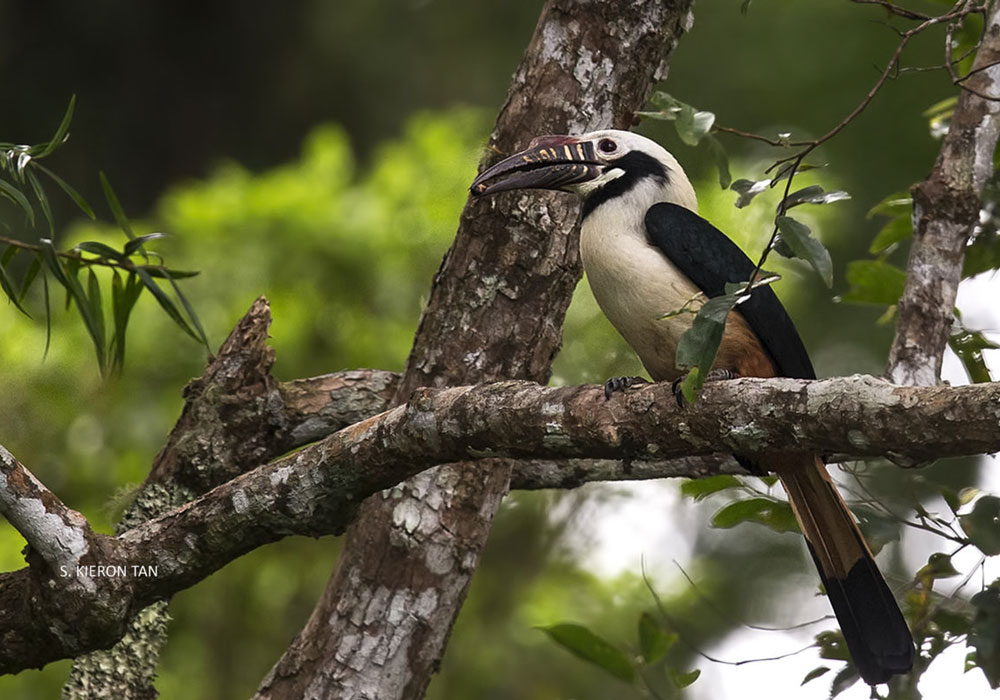
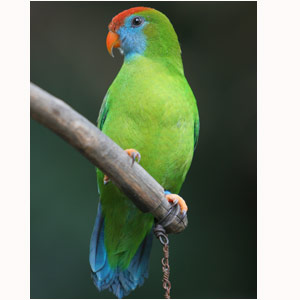
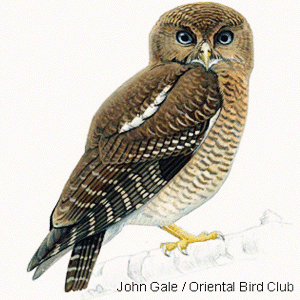
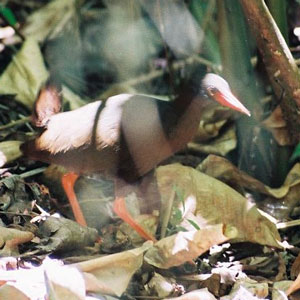

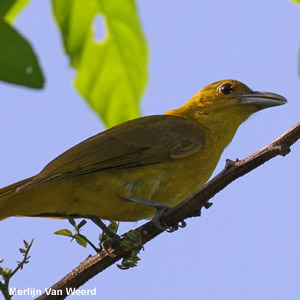
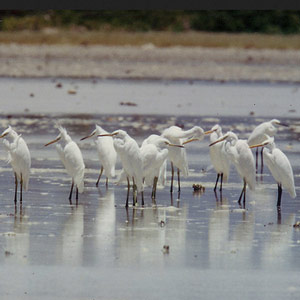
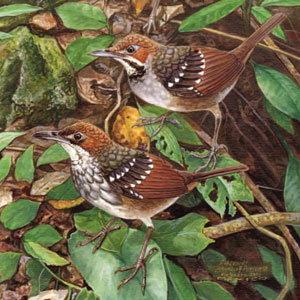
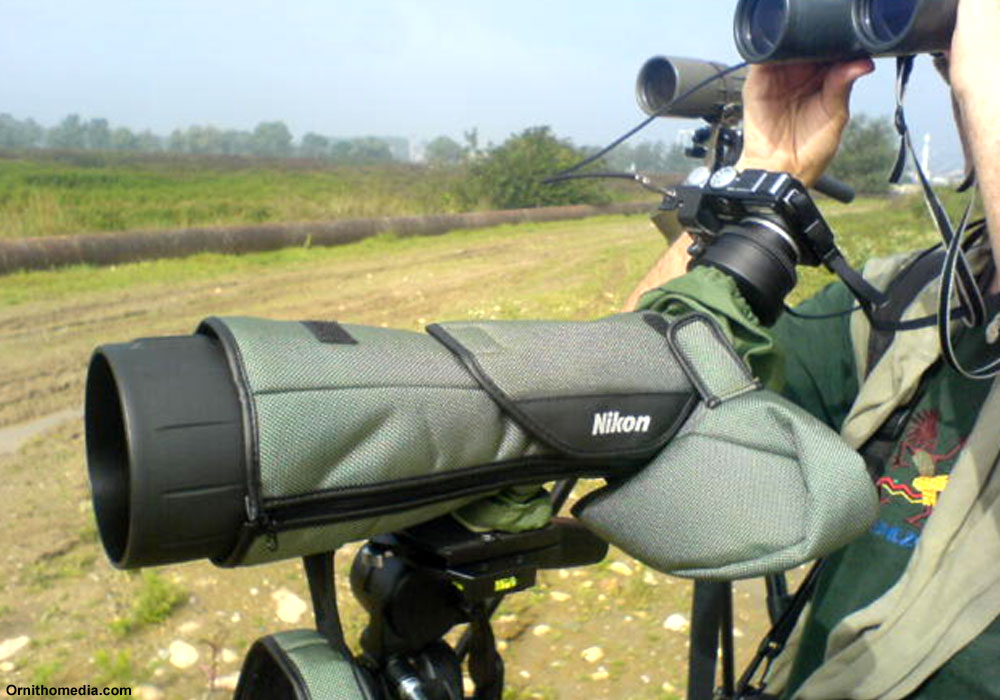
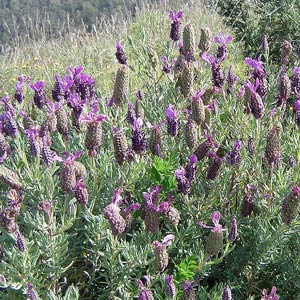
Aucun commentaire sur ce sujet
Participer à la discussion !